HOMEGROWN IS NOT ALWAYS THE BEST
What is Ripe?
Some people, many of them gardeners, believe that the secret to eating a delectable tomato is to grow it yourself. Second best, they say, is farm-fresh. At the risk of committing horticultural sacrilege, I say “not so” in both cases.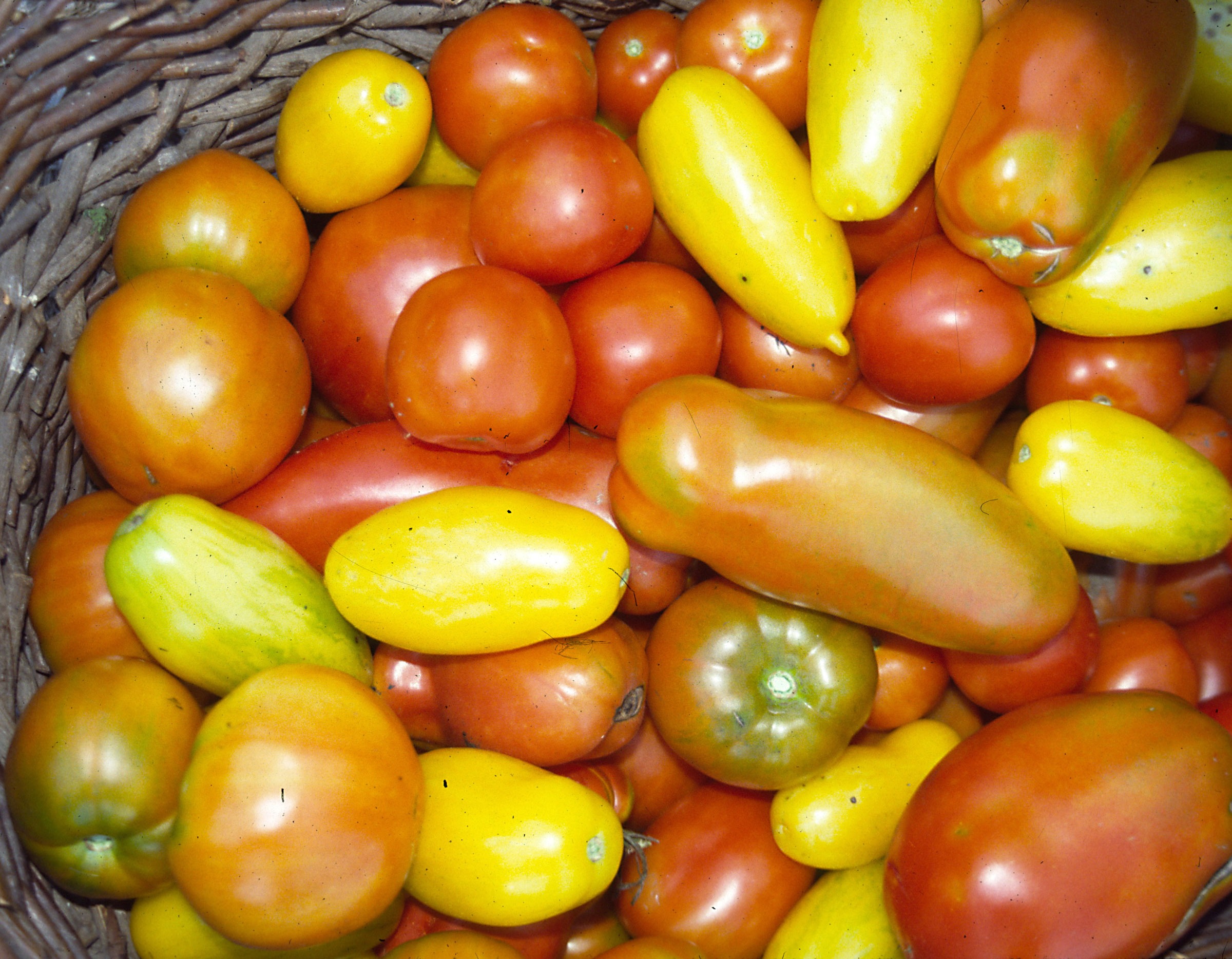
Ripeness is, of course, important to great flavor. An unripe tomato tastes no better than cotton soaked in diluted lemon juice, to me at least. But this time of year, ripe tomatoes are to be had everywhere: from backyards, from roadsides, from farm stands, even from supermarkets! And if truth be told, tomatoes picked slightly underripe can still ripen to perfection off the plant, as do bananas, winter apples, avocados, and pears.
All the above fruits — and tomato is indeed a botanical fruit — are so-called climacteric fruits. Like other fresh fruits they are alive and breathing, taking in oxygen and giving off carbon dioxide. But as climacteric fruits near ripening, their respiration rate dramatically increases. Final ripening is then quick, hurried further along by the ethylene gas the fruits naturally waft off. 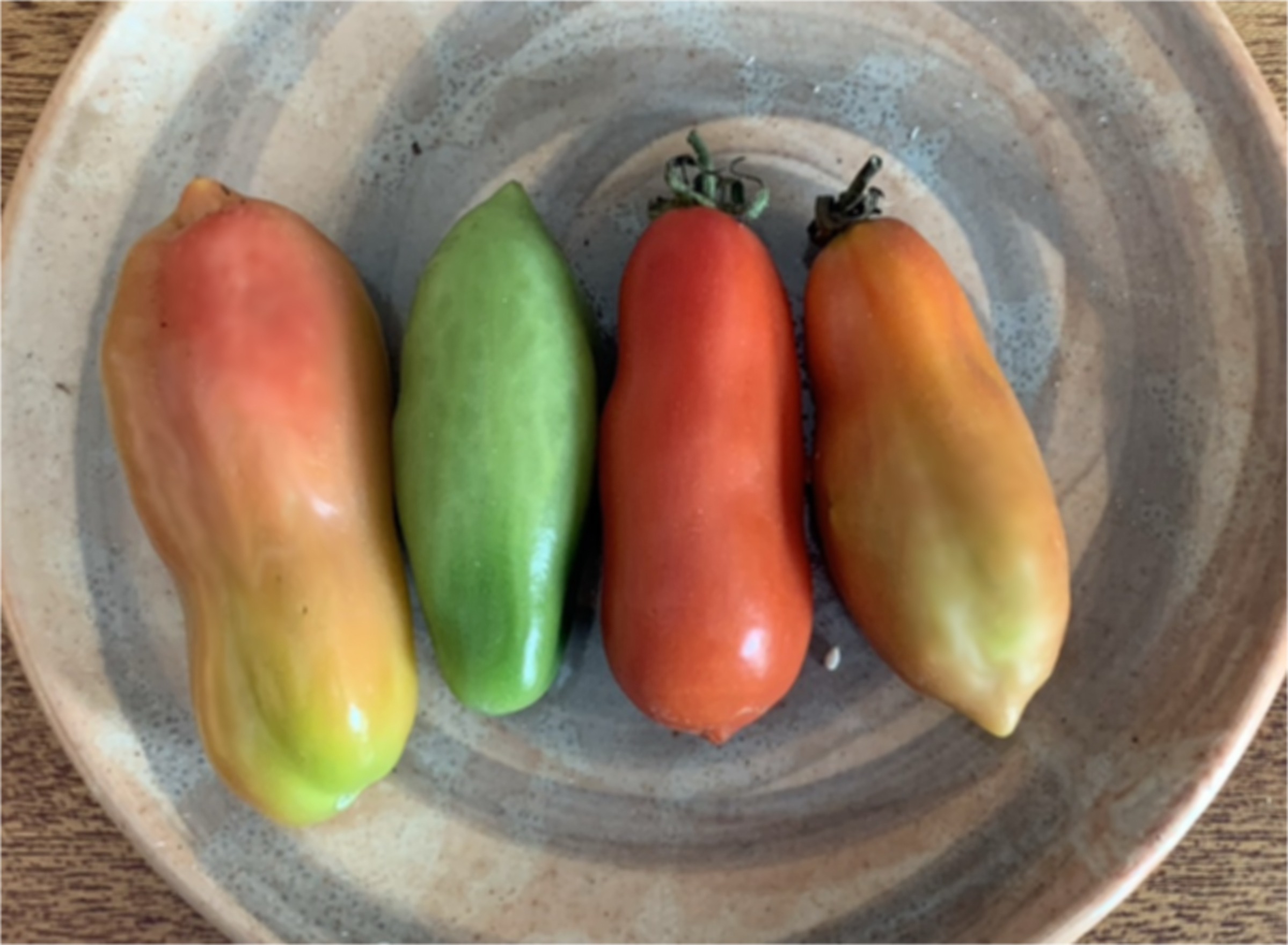 The ethylene stimulates more ripening which stimulates more ethylene which . . . it’s just like a nuclear chain reaction except safer. But one rotten apple really can spoil the barrel. (Rotting fruit gives off lots of ethylene and the barrel slows escape of the gas.)
The ethylene stimulates more ripening which stimulates more ethylene which . . . it’s just like a nuclear chain reaction except safer. But one rotten apple really can spoil the barrel. (Rotting fruit gives off lots of ethylene and the barrel slows escape of the gas.)
Not every fruit ripens after being harvested or undergoes that histrionic ripening once it begins to ripen. Underripe plums, grapes, and cherries, for example, ripen slowly and if harvested before fully ripe will soften and might even lose some acidity. But this is different from true, flavorful ripening. They won’t achieve full flavor unless attached to the tree until ready for eating. Of course, when fully ripe they’re also soft, so commercially aren’t usually allowed to hang on branches to full ripeness. Fully ripe, they would ship poorly.
Diseases & Determination
So a fully colored tomato, whether pink, red, yellow, white, or black, is ripe. (Many years ago I grew white tomatoes; I would not recommend them.)  The real secret to eating a delectable tomato is getting a variety that tastes great. There are hundreds and hundreds of tomato varieties. Many have been selected or bred for commercial qualities such as high yield, good appearance, or concentrated ripening. Other varieties are notable for their disease resistance or their earliness.
The real secret to eating a delectable tomato is getting a variety that tastes great. There are hundreds and hundreds of tomato varieties. Many have been selected or bred for commercial qualities such as high yield, good appearance, or concentrated ripening. Other varieties are notable for their disease resistance or their earliness.
My first consideration in choosing a tomato variety is flavor. Highly touted resistance to “VFN” does not impress me because verticillium disease, fusarium disease, or nematodes, which “VFN” denotes, never rear their heads in my garden or many other gardens here in the Northeast. Likewise, I’ll generally not shy away from a good-tasting variety that is low-yielding because I can compensate by putting in a few extra plants. And it’s true that the convolutions that catface my Belgian Giant fruits make the fruits ugly. But the rich flavor Belgian Giant slices add to a sandwich more than compensates for this defect.
As a sweeping generalization, so-called indeterminate tomato varieties taste best. These are varieties, in contrast to so-called determinate ones, that form fruits along their ever-elongating stems. Seed packets and nursery catalogs denote whether a variety is determinate or indeterminate.
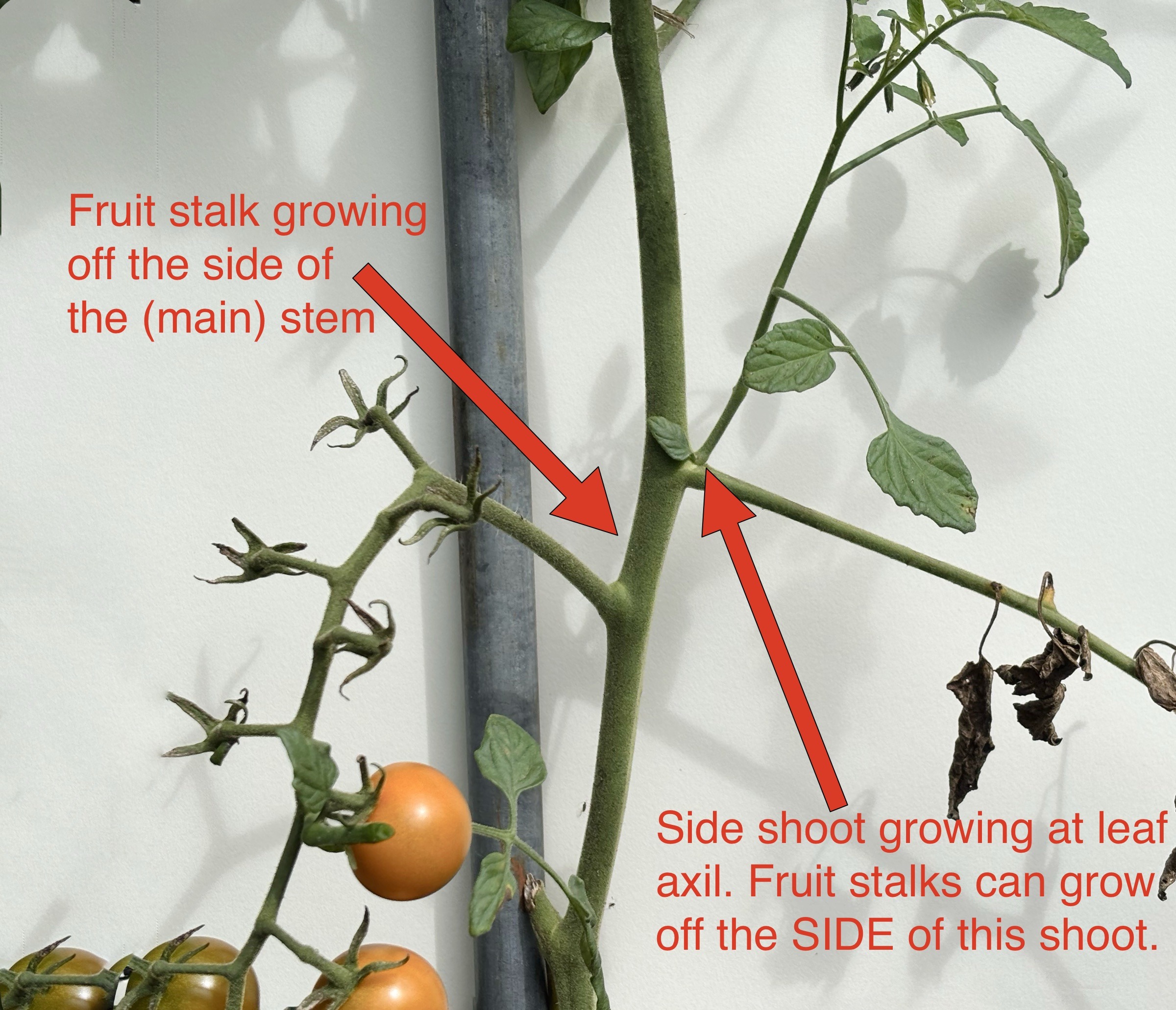
Fruiting habit of indeterminate tomatoes
The advantages of determinate varieties — whose fruits terminate a stem so further growth is from side branches that, in turn, are terminated by fruits — are that they are bushy and early ripening within a narrow window of time. However, I’d rather wait longer for my first tomatoes than eat an insipid Sub-Arctic Cherry or Roma tomato. Indeterminate varieties taste better than determinate ones because they have a higher ratio of leaves to fruits.
“Indeterminate” is not the last word in great tomato varieties. Even among indeterminate tomatoes, there is the good, the bad, and the ugly. Here, however, things become more a matter of taste.
The Best (imho)
Still, a general consensus has singled out some great varieties, such as Belgian Giant, Prudens Purple, and Brandywine. These three are old varieties, but a number of upstarts also stand out for their fine flavor. For me, other hints that a tomato will taste good is if it has a heart shape and/or a pink color.
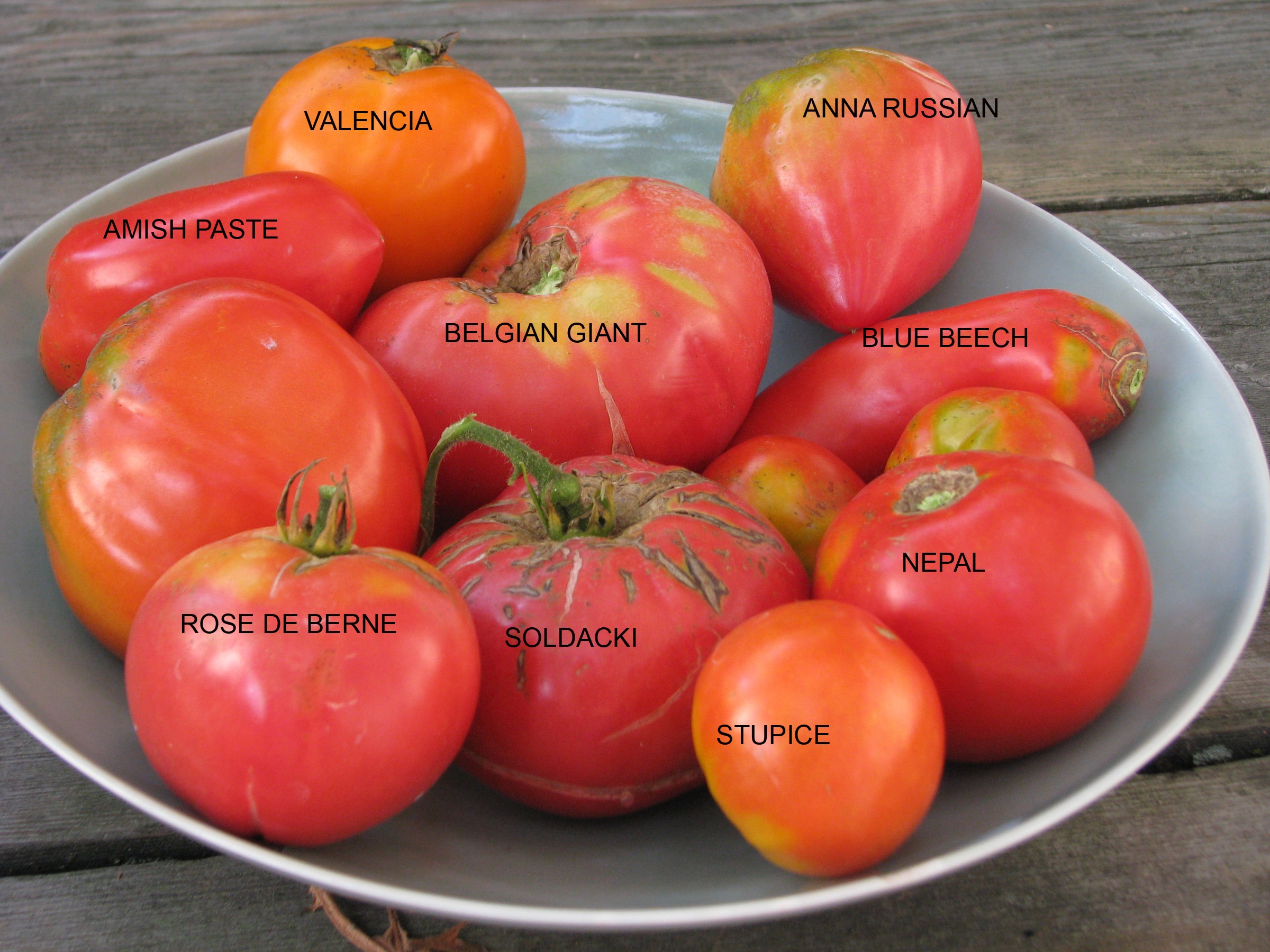
Some of my favorite tomato varieties
Sun Gold is a hybrid cherry tomato so flavorful that I find it difficult not to gobble them all up on the way from the garden to the kitchen.
Rich, flavorful canning tomatoes include San Marzano, Blue Beech, Howard’s German, Amish Paste, and Anna Russian. The latter two varieties also have excellent fresh flavor and are good for drying. If I had to grow just one tomato, I’d grow one of those two. (They’re very similar, and I keep forgetting which one I’d grow.) Make that just two tomatoes; Sungold also.
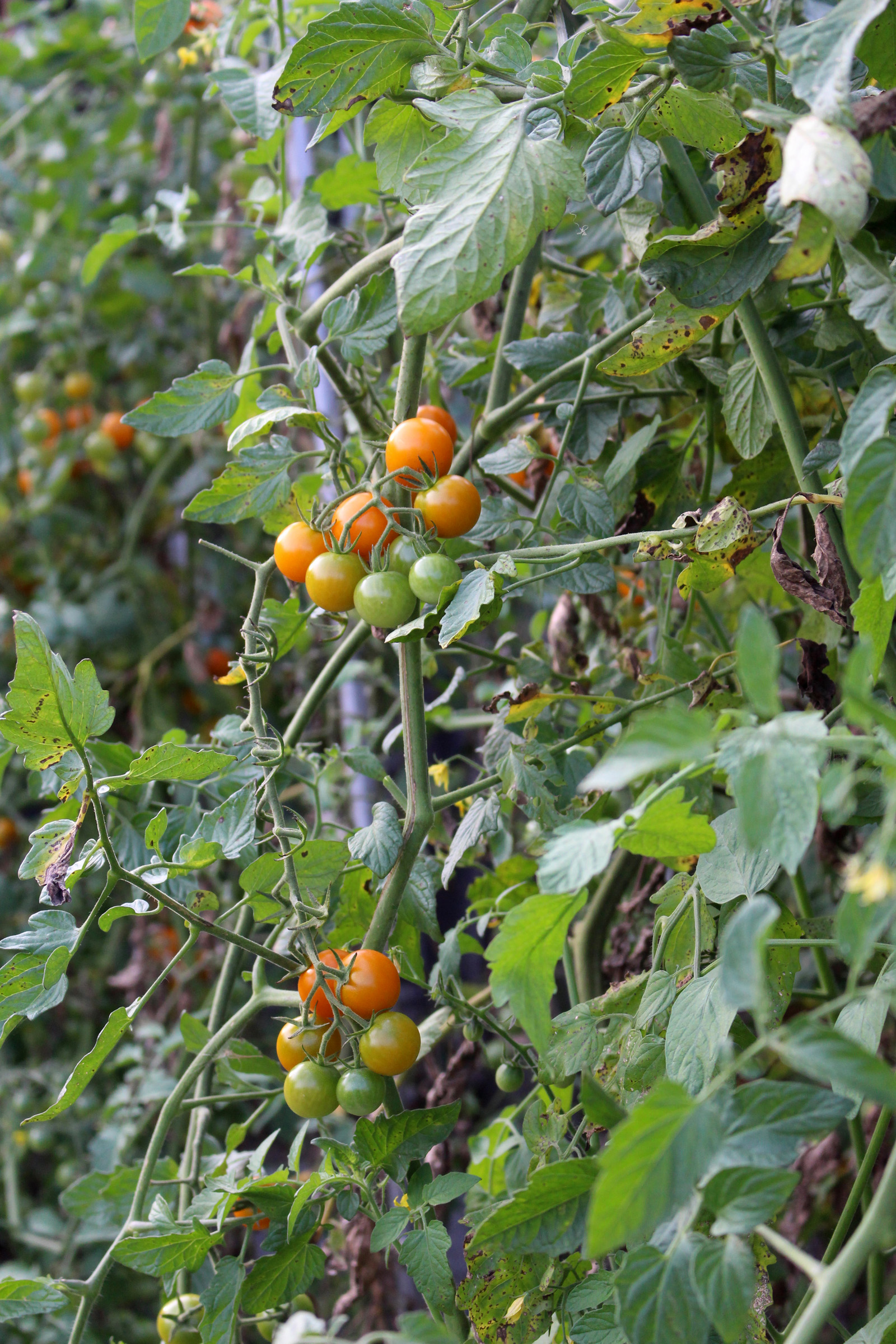
Sungold tomato
The way to sleuth out great tasting tomatoes is to listen to the opinions of others and to try out many yourself. Now, when fresh tomatoes are abundant, is a good time for this sleuthing.
Go outside, pick, and take a bite into one of your Early Girl or Big Boy tomatoes, two varieties frequently sold as transplants. Do you think they have really great taste? Any home-grown tomato tastes good, but there’s no reason not to grow the best.


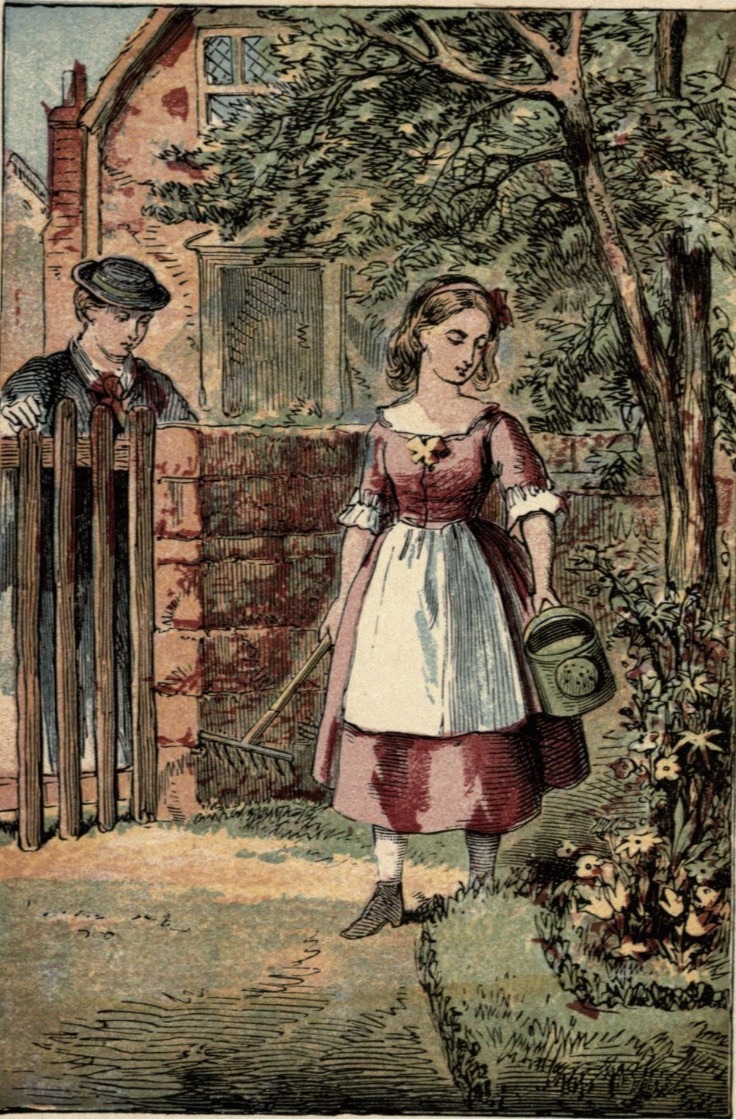
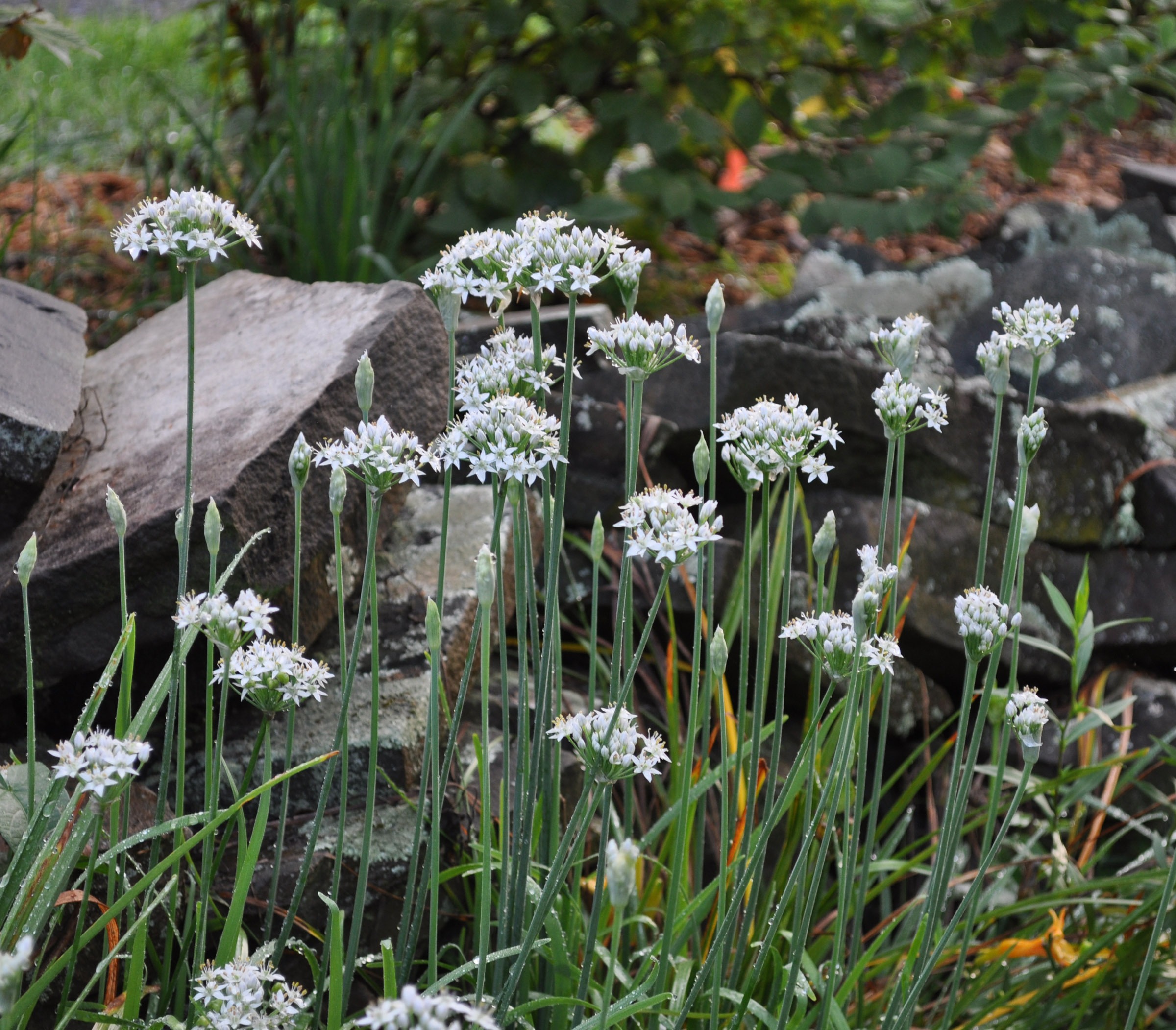
Principe Borghese is a small fruit that is delicious roasted or dried.
Most of my large, open pollinated tomatoes split on the vine. Doesn’t that spoil them? Is there a way to prevent this? I assume harvesting early would get around that problem — how early can I harvest them and still get the best flavor?
I tried Principe once but wasn’t impressed. Each to his or her own.
Mulching or drip irrigation might mitigate splitting by moderating fluctuations in soil moisture.
Some of my favorites: Paul Robeson, Pink Brandywine, Dester, True Black Brandywine, Aunt Ruby’s German Green, Abe Lincoln, Sungold F1, Chocolate Cherry, Honeydrop, Valentine F1, Red Pear.
Pomodoro Squisito F1 impressed me as a San Marzano hybrid this year with good taste and production for a Roma type. Most paste tomatoes I either don’t care for (many) or the production is poor with good taste (Speckled Roman) so I may be settling on this and Red Pear from Franchi to fulfill my wants under this category.
Anyone know of a great heart shaped tomato with high production? I agree many heart shaped and pink tomatoes are good.
I can’t bring myself to grow another white. This year dwarf Walter’s Fancy was about as good of a yellow I have had. Similar to Lillian’s yellow and interesting variegated foliage. Production was only fair though. Nothing has topped Rosemla Purple for me as far as the dwarfs go.
Lucid Gem may have been my best tasting marbled.
Any recommendations for large orange tomatoes? I’m still searching but Hillbilly is pretty good.
I’m growing more and more fond of Amish Paste and Anna Russian tomatoes for sauce, drying, and fresh eating. For a medium sized orange tomato, I would have recommended Valencia in the past. I don’t know if it’s the season or my tastebuds, but this year it tasted pretty bland compared to the other varieties I grow. If I were to reduce the number of varieties here to only four, they would be Amish Paste, Anna Russian, San Marzano, and Sungold.
I have to admit I like my tomatoes mature but not ripe. What I would call a sufficiently ripe tomato I would also call a sufficiently rotted tomato.
My most favourite tomato I have grown is German Johnson. At their best they seem to be half pink half green. People have asked me to stop growing Sungold. Sungold do produce well that’s for sure.
Why do people ask you to stop growing Sungold?
This year when my tomatoes split, my cucumbers were going gangbusters. That’s my signal to make gazpacho..
In Missouri I’m a big fan of Black Krim tomatoes for late season eating. They bear pretty heavily in the fall, ripen well inside the house, and have a great flavor, so I can harvest them before they look attractive to predators. I used to like Aunt Ruby’s German Green for similar reasons, but two years running they didn’t fruit, so this year I switched to trying Pineapple. Pretty nice flavor in an orange tomato, but I’d love a flavorful, smallish mid season tomato to bridge the gap until Black Krim really gets going. I count on cherry tomatoes for the early part of the season, but this year my Sweet 100’s hardly bore at all. Definitely need to go back to Sun Gold.
Like Emily J we tried Black Krim this year and are loving them. Galina (intensely sweet yellow cherry variet) and Cherokee Purple tomatoes also grow prolifically in our yard (Western MA), so much so that I could probably stop planting them altogether. Every year walking around our yard we discover a handful of rogue plants totally covered in fruit. I’ve found that most of my gardening surprises are decidedly less pleasant, so I’ll take it!